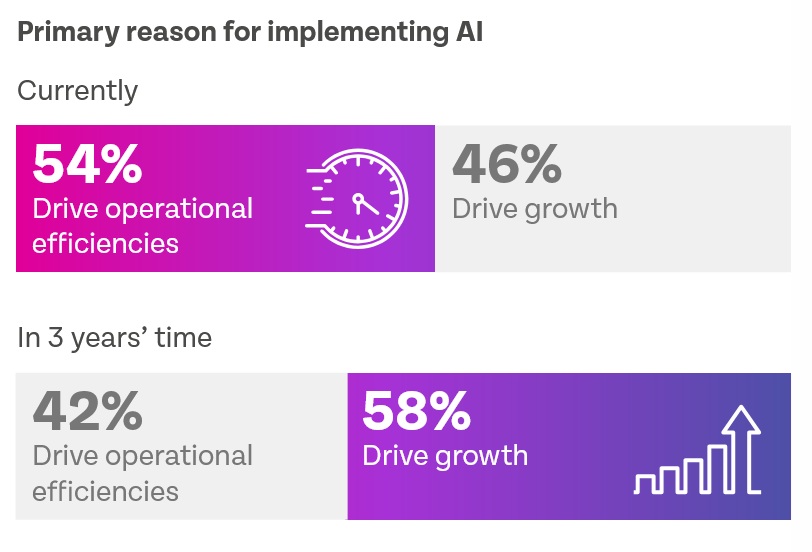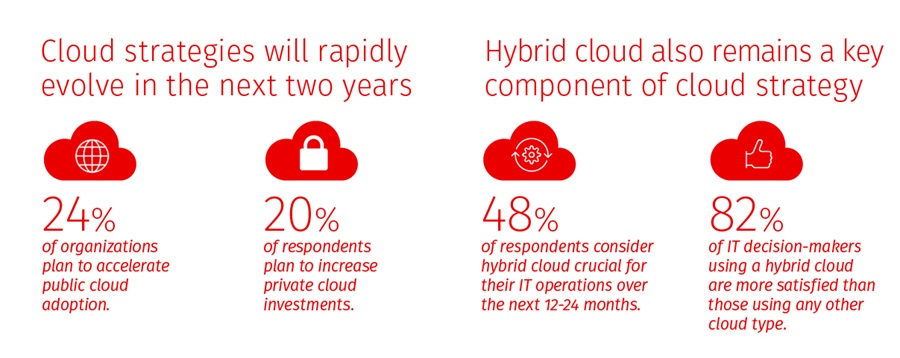Content delivery networks (CDNs) are one of those technologies so baked into modern digital experiences that consumers don't know they are there and most of us in the IT industry don't even think about. Most CDN magic happens behind the scenes, after all. Consumers just know their web pages are loading fast. Their YouTube videos stream without a hiccup. Their social media feed keeps scrolling in an infinite loop. Of course, if you're in the business of delivering those great experiences, then CDNs matter a great deal.
Why are CDNs becoming more important to so many businesses? And how will they handle the new applications coming out over the next few years? APMdigest sat down with Mehdi Daoudi, CEO and co-founder of Catchpoint Systems, to find out.
APM: CDNs have been around for a long time, but they still do basically the same thing. Why are they still relevant to digital businesses?
A lot of the technology problems businesses encounter are ephemeral. They stem from a very specific set of challenges associated with a particular snapshot in time. When we talk about CDNs though, we're talking about a much more fundamental, enduring problem: the last mile.
If you think about it, the last mile is one of the biggest unsolved challenges of modern society. You look at the recent problems with the postal service. It's the last mile. Distributing COVID vaccines? The last mile. We are a distributed society and last mile distribution would be easy if we all lived cramped together in one building with 30,000 floors. So, irrespective of the industry you're in—logistics, digital services, whatever. If you're doing it at scale, then solving for the last mile will dictate your success.
APM: Your experiences go back to the early days of CDNs. How have things changed?
In digital business, the closer you can get to users, the better your business outcomes
My first interaction with content delivery networks was at Doubleclick back in the late 90s, serving digital ads. The images in those ads were heavy for those days, and we were getting lots of complaints about slow page loads. So how could we solve this? We realized we had to find a way of distributing the images from locations closer to users.
Eventually, we came upon Akamai, the grandfather of CDNs. And it made a huge, huge difference. Now, when we had users in France, we served their ad images from France. When we had users in New York, we served them from New York. And the user experience was vastly improved.
But even in those early days, we quickly recognized that this is not just a technology issue. When users could interact with our content more quickly, we'd get higher clickthroughs, better viewability, more impressions. All of which translated to revenues. And that lesson remains as true as ever today: in digital business, the closer you can get to users, the better your business outcomes.
APM: You've said you believe CDNs will become even more important moving forward. Why?
In a word, latency. A new generation of applications is coming that requires very, very low latency. That's the reason there is so much excitement about "the edge." You think about autonomous vehicles, telemedicine, connected factories, virtual reality. All of those things work only if you can achieve very, very low latency.
Today, it might take 40 or 50 milliseconds to deliver an image on a static web page to a user. Some of those applications I just mentioned have latency requirements of 1-2-milliseconds. It's a huge gap! I can't have a telesurgery procedure here in L.A. if the surgical robot is being controlled from a data center in Sacramento. That's just too far away. And this is not something you can work around. It's a distance problem, a speed-of-light problem. You have to get closer to users, there's no other choice.
APM: What other challenges are facing modern CDNs?
There are several. First, the fact that no single CDN can deliver the best performance everywhere. It just isn't possible. For example, if you have users in China, no US-based CDN will give you the performance you'll get from a Chinese one. In the Middle East, local CDNs do a much better job than those based in Europe. So, the upshot is that more businesses are adopting a multi-CDN approach. But that's very complicated and expensive for the average company to implement.
Next, you look at the evolution in what CDNs are serving. Web pages have just gotten heavier and more dynamic. You now have pages making hundreds of requests, sometimes loading a thousand images. And that's for today's mostly static digital content. We're about to enter a completely new stage of the Internet, where the applications themselves move closer to users to meet those latency requirements.
When you think about connected cars, telemedicine, remote learning, the requirements for CDNs are going to be incredibly stringent. But I also think the CDN companies have an opportunity to lead that next generation of compute capabilities, because they've invested so much in the edge.
APM: How should enterprises be thinking about their CDN strategies to prepare for what's coming?
First, have this on your radar. If your services don't depend on latency, then it doesn't matter. But if they do, if you expect your products and services to move out to the edge, you should be thinking through what that means. Because all of a sudden, your edge strategy will directly impact your business outcomes. Can you get better performance from your current CDN? Should you be looking into multi-CDNs? You'll need to know the answers to these questions.
Just as important, you need to make sure you have visibility into those edge services. You may work with an amazing CDN partner, or several amazing partners, but you still need to know what's actually happening out there. Both your CDN partners and the last mile to your customers need to be part of your monitoring strategy.
Remember, your performance over that last mile is not just an IT concern. This is real business. This is your revenue, your brand, your operational excellence. This stuff matters. Make sure you're giving it the attention it deserves.
ABOUT Mehdi Daoudi
Mehdi Daoudi is CEO and Co-founder of Catchpoint. His experience in IT leadership inspired him to build the digital experience platform he envisioned as a user. He spent more than ten years at Google and DoubleClick, where he was responsible for quality of services, buying, building, deploying, and using internal and external monitoring solutions to keep an eye on the DART infrastructure delivering billions of transactions a day. Daoudi holds a BS in international trade, marketing, and business from Institut Supérieur de Gestion (France).


